Battery life is one of the most important aspects of a portable HF radio. Unfortunately, the Icom IC-705 comes with the smallest battery in its class and runs the highest level of processing power, so people have a right to be worried, especially since Icom’s history of RX power draw is less than amazing.
SDR transceivers are still relatively new technology for us radio amateurs so it’s not easy to understand where much of the power goes. I’ll try to put together a breakdown of IC-7300‘s sections and how much power those use and try to see how Icom could’ve tweaked those to make the architecture “portable” for the IC-705.
The RF front end usually includes a set of passive band pass filters selected by PIN diodes (under 10mA), a preamplifier (2SC3356 running @ 30mA for good IP3 when engaged) and a few attenuators selected by PIN diodes (under 10mA when engaged). To tweak this for a portable radio, a sacrifice in preamplifier IP3 is OK for slightly better lower current draw and something that would stay under 20mA (ex: BGA2866 17mA) shoud be enough. PIN diode current can also be lowered without a significant impact on receive performance when portable. An average power consumption of about 100mW (depending on settings) should be achievable.
The next stage is the ADC, which transposes the RF signal in the digital domain. This is a critical part of the receiver and has a big impact on performance. The IC-7300 uses an old 14-bit 130Msps ADC launched back in 2008 (LTC2208-14) that needs about 1.3W of power to run. The IC-705 has a maximum direct sampling frequency of 25MHz (anything over that is down-converted first) so it doesn’t need an ADC faster than ~60Msps (so Nyquist frequency is at a safe distance from 25MHz). A more recent ADC like the LTC2258-14 (14 bits, 65Msps) only needs 81mW to run, so this can add significantly to power saving. A maximum of 100mW for this stage is a reasonable limit, including 20mW for the down-converting mixer.
The stream coming out of the ADC is then passed to the FPGA, where most of the “transceiving” happens. The Altera Cyclone IV FPGA with 55k logic units in the IC-7300 is nice and plenty but uses about 1W of power and this power usage really depends on how the FPGA is configured (especially how steep the filters are, etc). The ANAN-100 uses only 40k logic gates and the Red Pitaya runs 2x receivers + 1x transmitter on just 28k logic gates with good performance, so probably an FPGA with half the gates should do the job. Using a more modern part with a smaller manufacturing process than the old Cyclone IV should allow for a power draw of less than 500mW for this stage.
The FPGA outputs 2 streams of data: one is for audio and one for the panadapter display. The audio stream in the IC-7300 is processed by a TMS320C6745 DSP chip that should stay below 700mW as per the specs, while the following class-D audio amplifier would need another 100mW at minimum volume. Slowing the DSP processor down from 456 to 300MHz can offer a significant drop in power draw (along with slightly reduced performance, but that is something the IC-7300 has plenty), so a budget of about 500mW for this stage should be correct.
Until now, our receiver is using about 1.5W, including internal power supply losses and additional circuitry (signaling, etc). To get a better idea, here is a table that has RX power draw and battery life for some of the popular portable HF transceivers.
| Transceiver | RX Current | RX Power | Supply | Battery capacity | Batery energy | Est. RX battery life |
|---|---|---|---|---|---|---|
| Elecraft KX2 | 150mA | 1.65W | 11V | 2600mAh | 28.60Wh | 17h20m |
| Elecraft KX3 | 200mA | 1.92W | 9.6V | 2000mAh | 19.20Wh | 10h00m |
| Icom IC-703+ | 300mA | 2.88W | 9.6V | 2800mAh | 26.88Wh | 9h20m |
| Xiegu X5105 | 560mA | 5.38W | 9.6V | 3800mAh | 36.48Wh | 6h47m |
| Yaesu FT-818 | 350mA | 3.36W | 9.6V | 1900mAh | 18.24Wh | 5h25m |
However, what is left is what differentiates the IC-705 from all these others and also what uses the most power.
CPU: this has to control the whole radio, process the panadapter data, drive the display and interface with the button controls and external ports. The IC-7300 uses the Renesas R7S721000VCFP for this, which is known to be a hot chip so users have even developed mods to cool it down. Depending on what information is shown on the display (panadapter being by far the most resource-consuming) and what connections are used (USB etc), this can draw up to 2.2W by itself. The biggest difference here would be to reduce the panadapter resolution or even turn it off completely, for a “low-power” (portable) mode. It’s hard to estimate the actual power draw with these compromises, but a 50% drop (1.1W) should be possible.
The large LCD display: it’s identical to the one in the IC-7300 and thought by many to be the worst offender. The truth is the display used (Raystar RFE430H-AZH-DNS-000) doesn’t take that much power (under 70mW), but the backlight is significant: about 640mW. In total, 710mW with the backlight fully on.
We also need to add some margin for supply losses and other circuits (Bluetooth is in the mW, but Wlan can take 100mW or more), so our educated guess total could end up somewhere around 3.2W for 50% backlight & no panadapter or up to 4.5W with full backlight and the bells and whistles on. This would put the IC-705 clearly at the bottom of the list in terms of battery life, with only ~3.5 hours of RX time, or about 450-600mA (let’s say 520mA on average) current draw depending on settings.
However, that’s not the whole story.
Operating a HF radio in the field is usually a high duty-cycle job, with a lot of TX involved. Especially when the bands are bad and you only use 5W, you have to call until your mouth runs dry to get a response. Sometimes you do more TX than RX.
Achieving 5W of linear RF output on 7.4V is hard and the IC-705 probably needs more than 2A to do it. However, none of the other radios are particularly efficient on TX either, most of them requiring about 2A on TX as well, so the playing field is pretty level. Yes, it won’t make the IC-705 overtake any of the competitors in terms of battery life, but it will close the gap on some of those differences when it comes to real-life operating time.
It is enough for you ? Well, my style of portable operating requires about 1h-1h30min of battery life: hike to a summit, activate SOTA for 30 minutes and move to the next. Very rarely you can do more than 3 in one day and in the evening you can recharge. That should also be achievable with the IC-705, but if pressed you can carry a spare BP-272 battery and be covered for more than that.

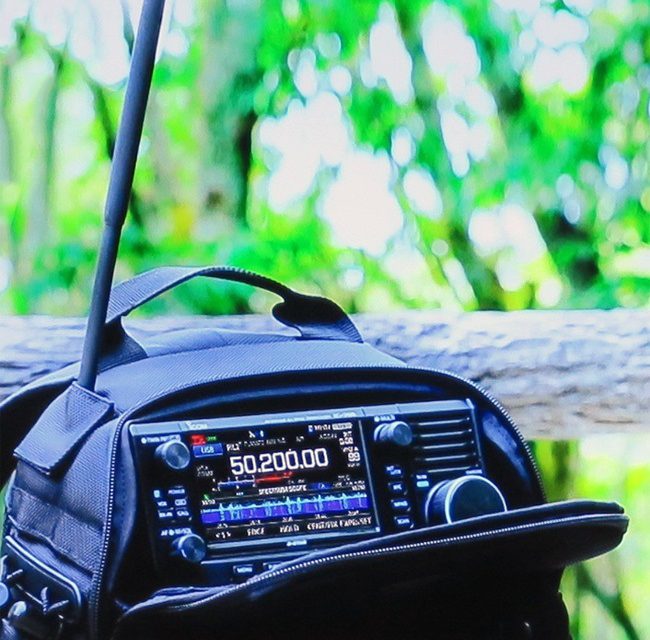
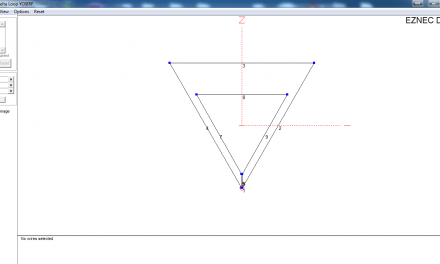
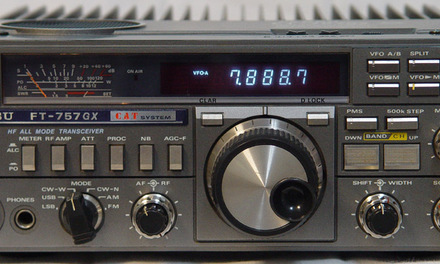
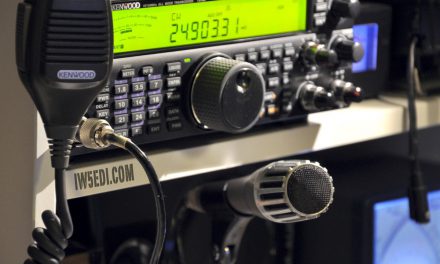

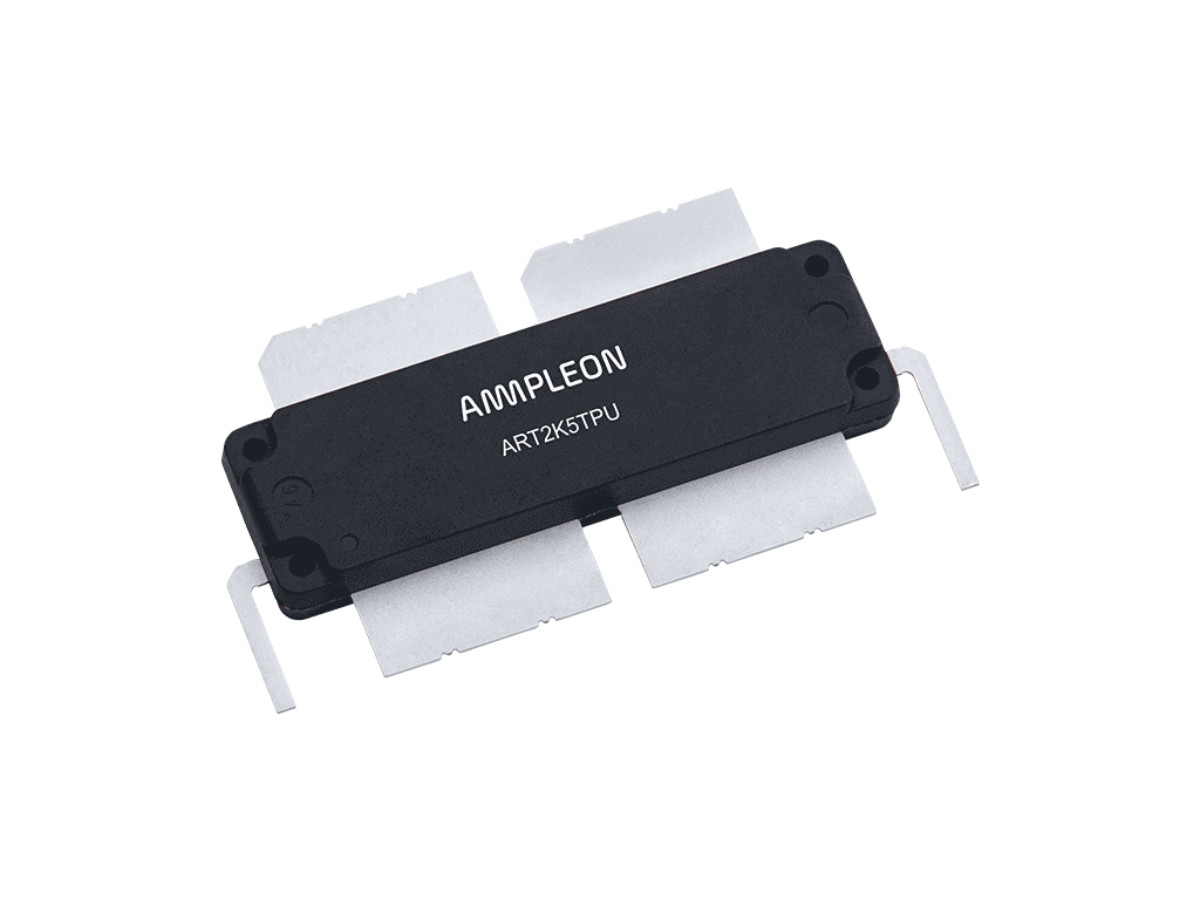
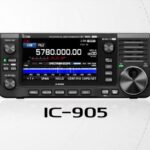
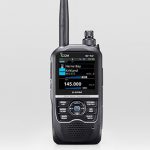
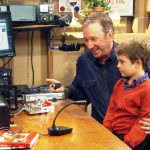
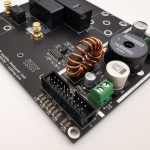
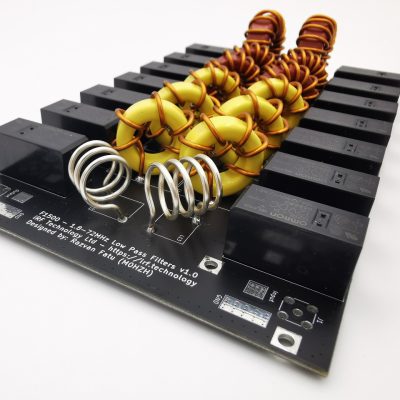
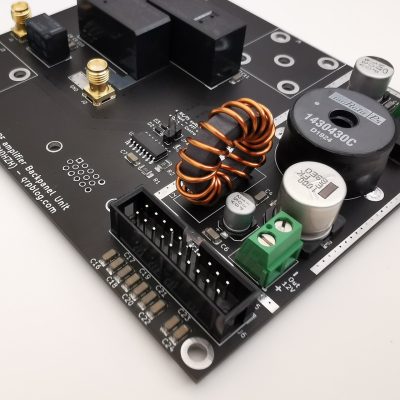
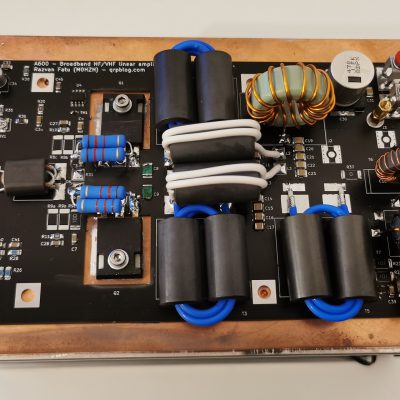
Great work but lets not get caught up too hard on this. I would bring 3 bp-272 batteries with me up the mountain top or if picnic table operating just use a Bioenno battery.
Lets investigate if it like 12v because the 703 is ok with it
I agree with your reasoning in every respect. I am curious: What source did you used for your part sourcing and pricing reference? Before I retired, I used http://www.findchips.com and would figure that their prices were about 20% to 30% higher (depending upon the part) than what one could achieve when buying in volume directly from the manufacturer, but I would usually start there.
Thank-you for your very well thought-out analysis. One note: The IC-7300 in Menu/Set/Display/LCD Backlight will allow one to reduce the display intensity and the same software will probably be used for that function on the IC-705. Most QRP folks, operating outside, will probably want the scope turned up all the way though.
I wonder if Icom (or anyone else) has thought of using a class-D RF amplifier (~90% efficient) rather than a class A or A-B (~20% efficient)? That would make a big difference in TX power consumption.
The digital technology for rf power amplifier is not available today in amateur fields!, because the high efficiency 90% class E PA is only for continuos carrier operation “not linear”. For SSB linear operation needs a expensive high speeds RF ADC converters and multi PA’s arrays in class D turning on and off one at a time and then recomposing the analog RF signal at high levels. Relatively unfeasible today! 73’s. LU9FL